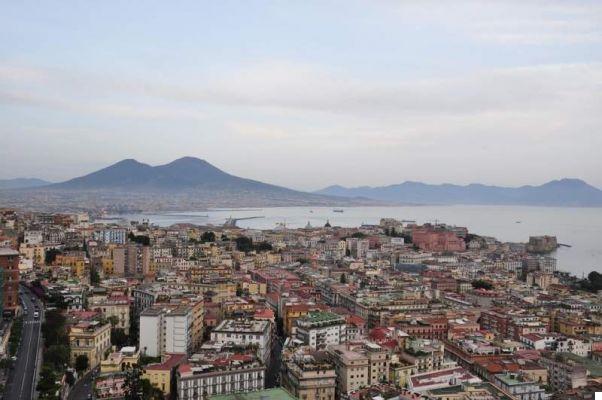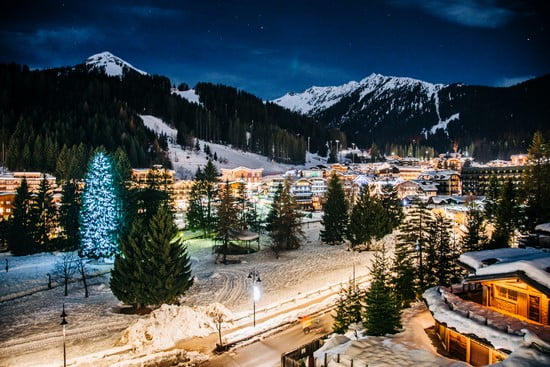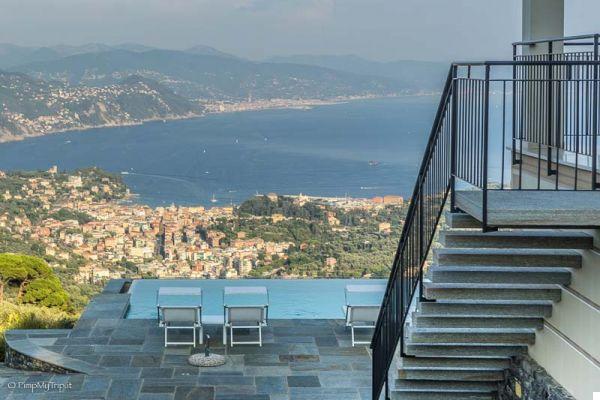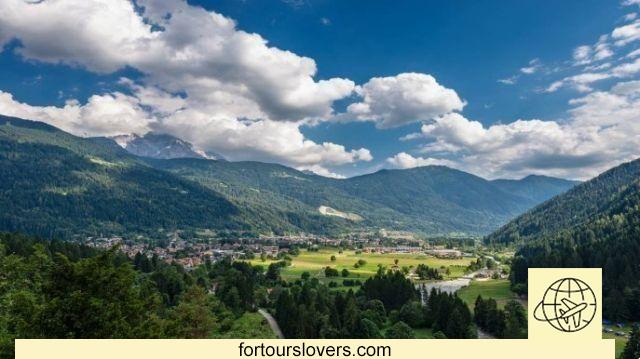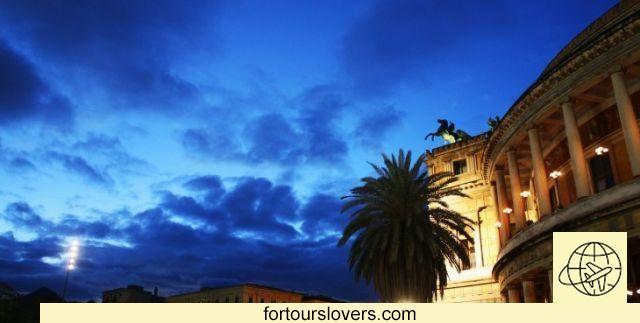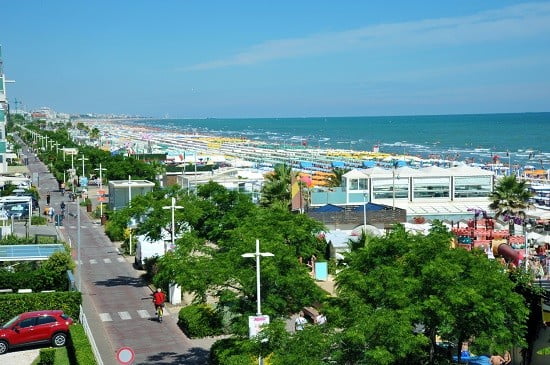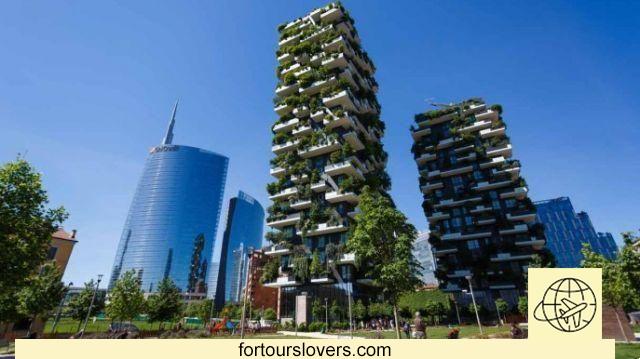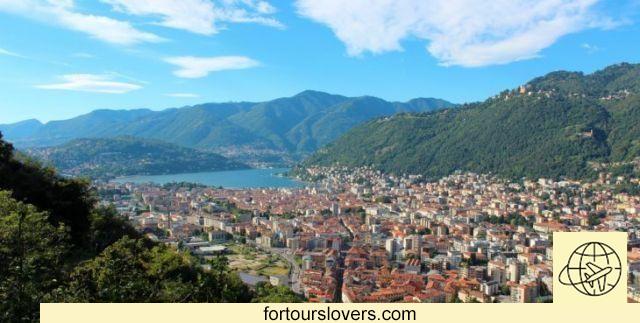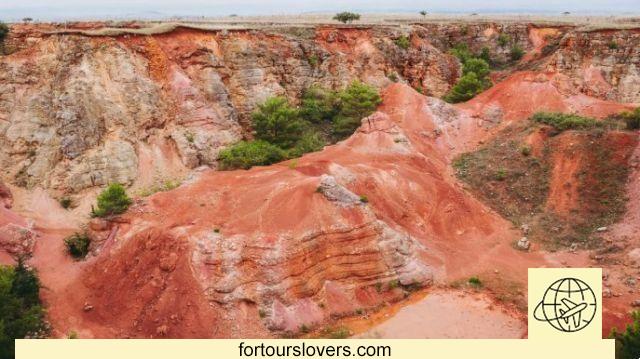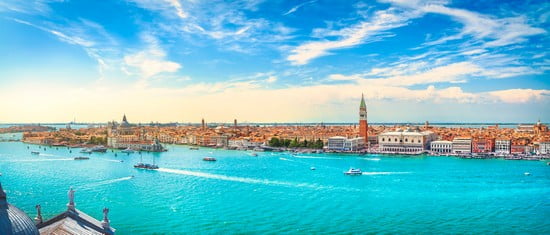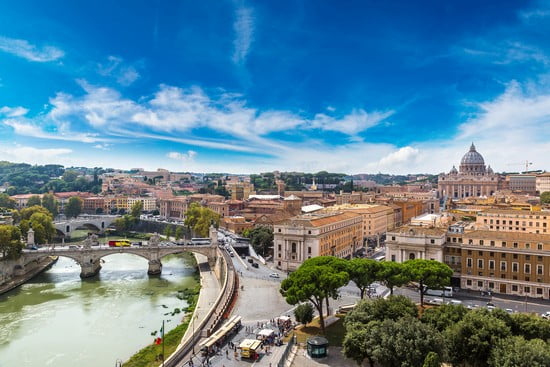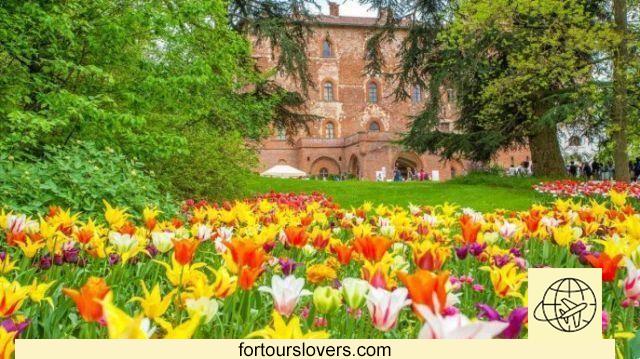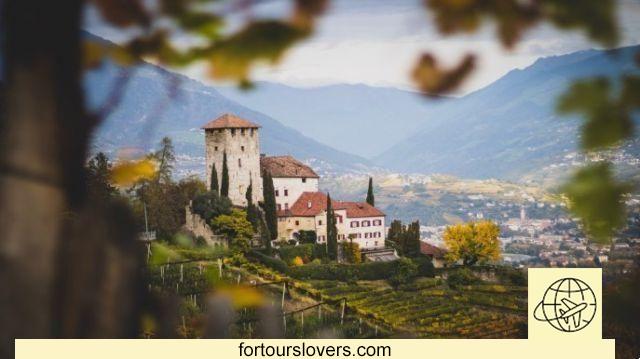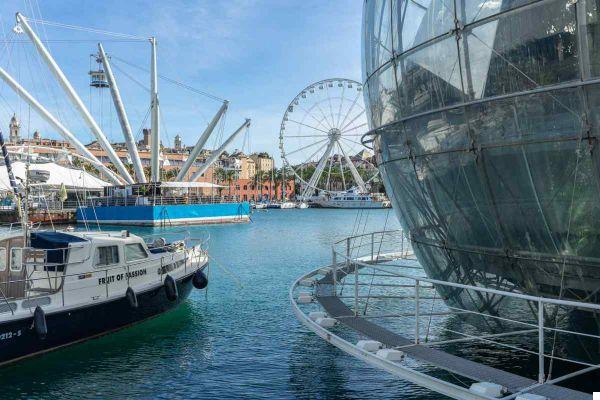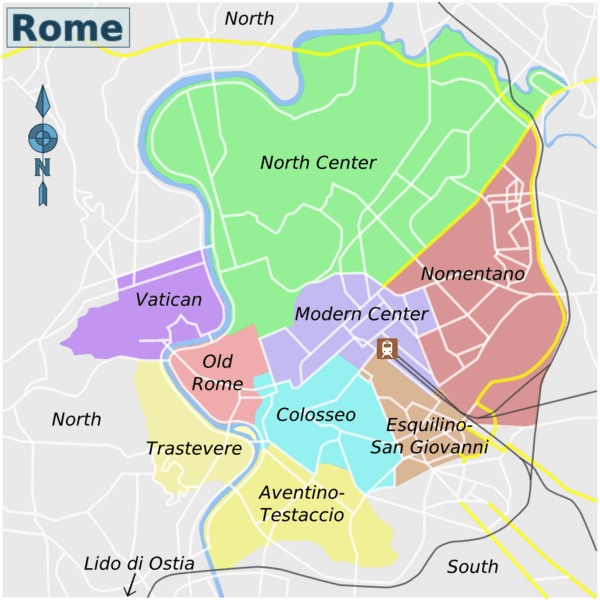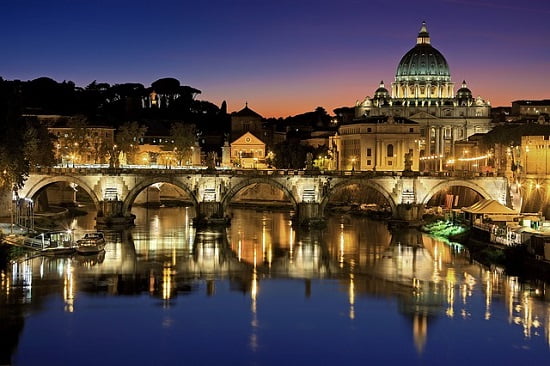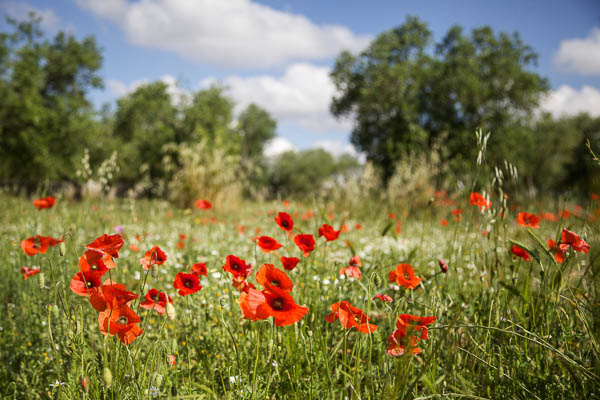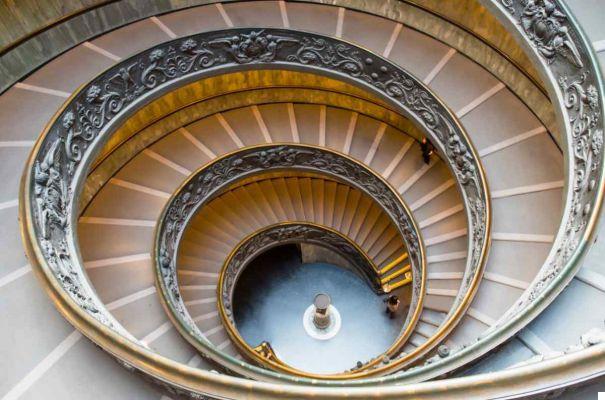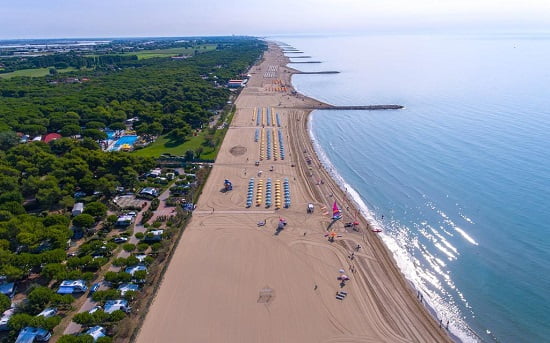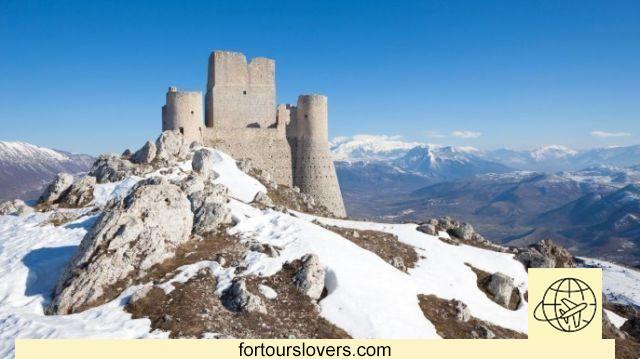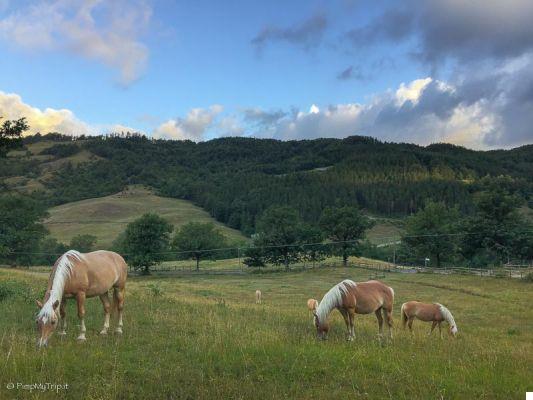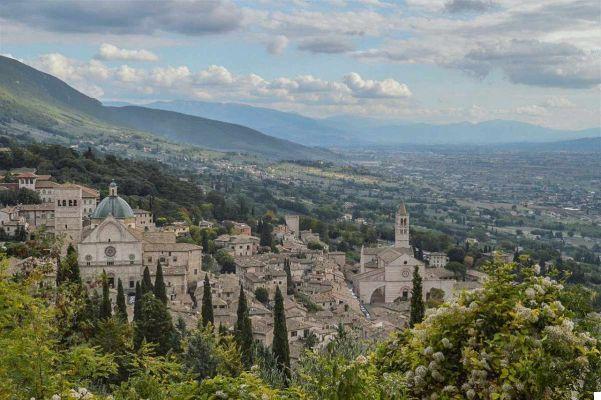Iglesias in Sardinia
Who could have imagined that in the surrounding area city of Iglesias in Sardinia there were so many things to see, so interesting and so different from each other.
Iglesias is located in south-western Sardinia, a less glossy and known part of Sardinia. This makes it even more fascinating, but above all true, less built ed artifact. It is a small town of only 26.300 inhabitants and is the main town in the Iglesiente area. Together with the city of Carbonia, the two territories form the province of Carbonia Iglesias, a relatively recent province as it was established in July 2001.
The Sulcis-Iglesiente area
The territorial area in which the city of Iglesias stands is precisely the Iglesiente, or rather the Sulcis-Iglesiente which also includes the Sant'Antioco area. It is an area of wild landscapes with beautiful beaches, but also with cliffs overlooking the sea as near the Sugar Loaf than with his 133 meters high it is the highest stack in the whole Mediterranean Sea.
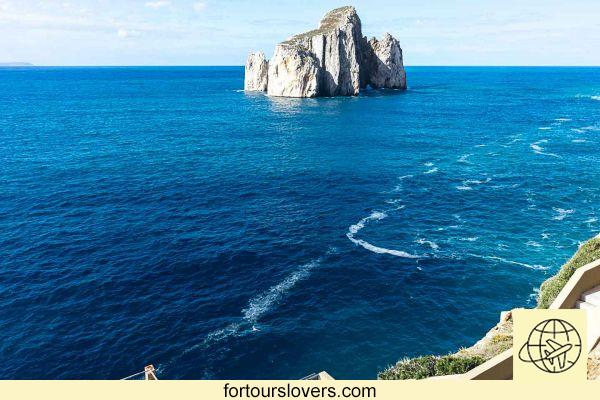
The interior of Sulcis-Iglesiente has a harsh, rugged landscape which fully reflects its "mining destination". In fact, it is rich in mineral deposits that began to be "exploited" already in the Phoenician era, almost 5000 years ago.
The sites of interest to see in Iglesias and its surroundings are strongly linked to the history of the mines and to all the mining processes. The same stories of the people are linked to experiences lived in the mine, unfortunately not always positive given the conditions in which the miners worked. I'll tell you about it later in this article on what to see in the Iglesiente.
What to see in the Iglesiente: Iglesias and surroundings
After this broad but necessary premise, I can assure you that there are so many things to do that you can easily spend 3/4 days discovering Sulcis-Iglesiente. Let's start from its main city.
The city of Iglesias
I told you about it a few lines ago. Iglesias is the ideal like base to discover the whole Iglesiente. A cozy city but at the same time very pleasant to discover, also appreciating some redevelopment interventions of the city as in the case of "ennedue", a disused area of Iglesias converted and recovered thanks to urban art interventions, such as street art .
If you want to learn more about the urban art of Iglesias I suggest you read this interesting article on Disagian street art blog -> Iglesias between street art and writing.
In the city there is also the interesting Museum of Mining Art which I will tell you about in the next point.
The Museum of Mining Art in Iglesias
Currently the Museum of Mining Art, is located in that structure where, in the moments of greatest fervor of the mining activity, a real technical institute whose purpose was to educate and train miners.
I'm not the type of museum, and in fact in this blog I talk about it very little. Precisely for this reason, if I tell you about it, it is because I absolutely want to recommend a visit. Thanks to the volunteers of the association that manages the museum, you can learn about the history of the Iglesiente, its inhabitants and discover all the processes related to mining. Not only that, you will be able to perceive the concerns and emotions, not always positive (indeed), of those who lived the life of a miner.
Although it was a highly requested and at the same time coveted job, being a miner was tiring, not only with regard to physical commitment, but also for the social one. The life of the miner, willy-nilly, during and outside working hours, constantly revolved around the mine.
In the museum everything will seem clearer to you and you will experience the feeling of being a miner. You can delve into the didactic gallery used by students to put into practice what they have learned. It is important to note that this gallery was reinforced and also designed as a refuge to be used during the bombings of the Second World War.
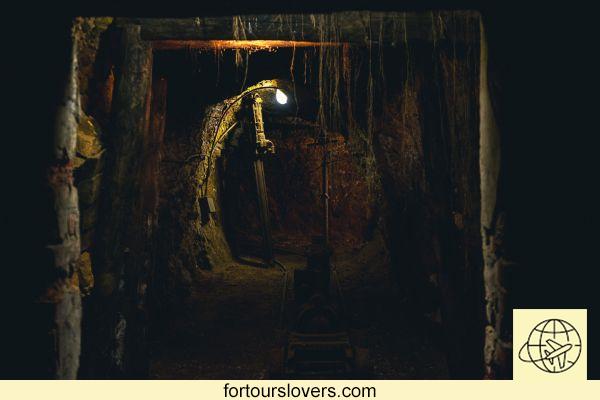
What to see in the Iglesiente: trekking and natural sites
In such a wild but extremely fascinating Sardinia, characterized by very different landscapes, it is possible to find numerous natural beauty that have no equal. In this context we also find a Way, the Way of Santa Barbara, which landscapedly ranges from barren internal lands to extraordinary views of the sea.
The Mining Route of Santa Barbara
Are you a lover of walking, or even simply trekking along itineraries with fantastic views? This is one of those things absolutely to see in the Iglesiente, but what am I saying ... to go!
This is well 500 km divided into 30 stages. a ring route which touches all the areas of Sulcis-Iglesiente-Guspinese. For 75% made up of paths, mule tracks and dirt roads, for 25% of paved or asphalted roads. 500 km that fully enhance this part of Sardinian territory, perfectly inserted in what is the historical / cultural context of the area. Not surprisingly, the name "Santa Barbara" is due to the patron saint of miners.
The itinerary develops on the "oldest land in Italy". In fact, in the Iglesiente area, rocks of geological formation can be found in other areas of Italy that are not present. Obviously, walking all the way takes an enormous amount of time.
Since you are reading an article on things to see in the Iglesiente, what I recommend is to choose only one stop on the official site of the Way of Santa Barbara in order to explore a small piece of Iglesiente with a nice trekking.
If you want to know the best stages to go, I suggest you read this article on the most beautiful stages of the journey to Santa Barbara, written by the friends of Discover Traveling.
Grotto of Santa Barbara
Santa Barbara is omnipresent, especially in a mine. I'm talking about the San Giovanni mine not far from Iglesias. The cave of Santa Barbara is a magical place. In the heart of the mountain, a huge open space dotted with stalagmites, stalactites and concretions formed over millions of years. Equally magical and unusual is the way it was discovered.
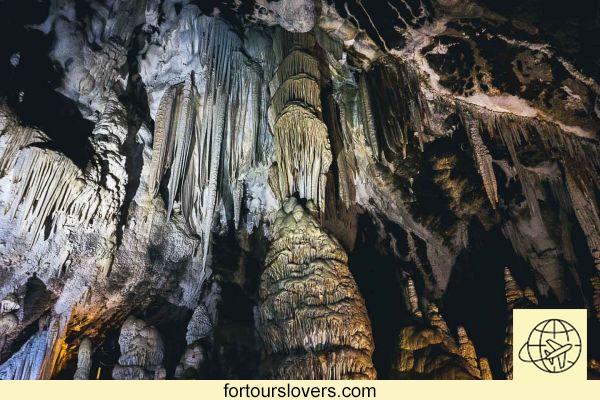
In 1952, it was the miners who discovered the cavity during the construction of an ascending tunnel. The Cave di Santa Barbara has been preserved until today, despite the fact that at the time there was not such a high level of attention regarding these issues.
Currently you can visit the cave with one guided tour lasting 1 hour and 30 minutes. You enter the mountain for 700 meters with a train and, subsequently, thanks to an elevator, you reach the point from which you enter the cave.
If you want to buy tickets you can do it on -> official site of the municipality of Iglesias
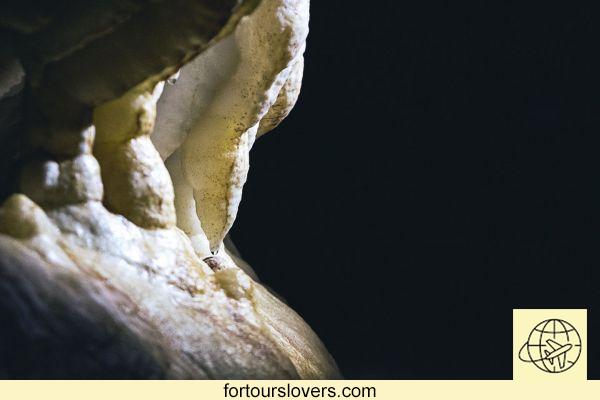
Cave di San Giovanni: among the Iglesiente rocks
I am not joking. You really enter the Iglesiente rocks and you have the perception of how and what geological changes are taking place, although you can only imagine given the slightly longer times than human life. If you are wondering what to absolutely visit in Sulcis Iglesiente, this is it cave of San Giovanni. Incredible and unmissable.
It is the longest carriage cave in the world.
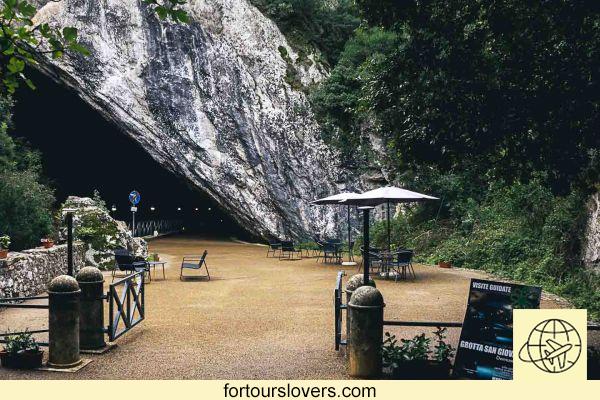
What is a carriage cave?
Simply a natural cavity, a huge tunnel or more simply an extensive cave with two entrances, in which a real road has been created. In the case of this Iglesiente cave, we speak of 850 meters and is considered the first toll road in the Kingdom of Italy; a communication route between the country of domusnovas and the valley of Oridda.
A cave of 530 million years, where it is possible to clearly identify the meeting between two faults. The cave of San Giovanni remained open to traffic until 1999. When you visit it, you will wonder how it is possible that cars and buses could pass by until a few years ago.
A must visit!
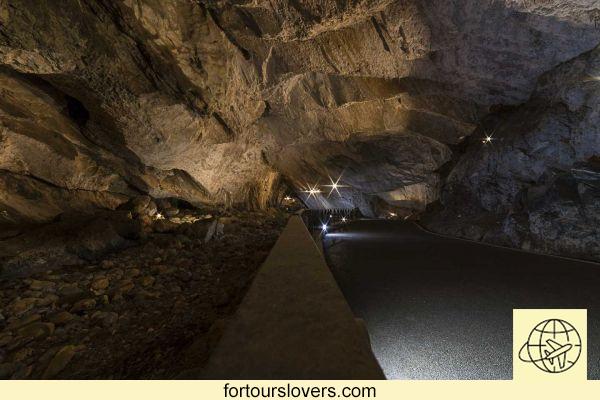
Chief Sheep
Capo Pecora is that jewel of the Iglesiente coast where you feel at peace with the world. A granite tongue that stretches out towards the sea, the incessant wind typical of marine places and the sound of the waves breaking against the coast. What more could you want ?!
Consiglio: enjoy a sunset from Capo Pecora.
What to see in the Iglesiente: mining and cultural sites
The Iglesiente area was scattered with mines. They were the main economic sustenance for the inhabitants of Iglesias and neighboring territories. Everything revolved around the mining sector. Over the years the mines have been abandoned and now represent an undoubted cultural heritage to be preserved and to be proud of.
The Santa Barbara Walk touches many of these cultural sites. It therefore represents the ideal way to experience the area from both a cultural and naturalistic point of view.
The Acquacadda Cave
On the route of the path there is precisely the cave of Acqua Cadda. It is not a huge cave like that of San Giovanni, nothing like it. This cave is very important for all the findings that are taking place inside it. The history and origins of the Sardinians could soon be upset by the finds that archaeologists are finding.
About a hundred meters from the entrance to the cave, I recommend that you visit the tiny mining museum run by an association. Let us explain the nature of the various rocks, I assure you it will be very interesting!
Porto Flavia, the port on the cliff
This former mining site represents the historical evolution of the Iglesiente mines. I reach the point immediately: what was Porto Flavia?
Built in 1922, Porto Flavia was IL new method for loading the mineral material on boats bound for the northern European foundries. Given the weight and bulk of the materials, at the time it was necessary to find a more efficient, faster and less expensive way to stow the minerals in large cargo ships. Before the construction of Porto Flavia, the materials necessarily had to be brought from the Sardinian coast to the island of Carloforte. Here they were loaded into large boats.
Bad weather, too small boats, little flexibility and few displacement volumes, were the reasons that led the mining companies to find an alternative. It was precisely the construction of Porto Flavia, a port suspended overhanging the sea right in front of the Sugar Loaf.
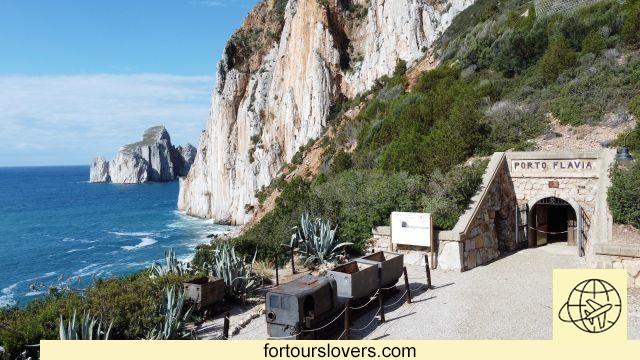
They were created in the mountain behind the cliff ben 9 silos of 18 meters high and a capacity of 10.000 tons of material. Two tunnels, the first above the silos was intended to fill the silos themselves, the second, below, had the task of moving the materials with a conveyor belt directly onto the ship moored near the cliff.
Porto Flavia it is absolutely one of the things you must see in the Iglesiente. Its position and its history make it a place with a unique charm.
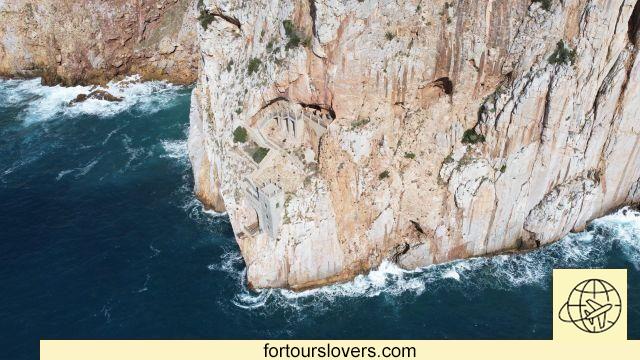
Laveria Lamarmora in Nebida
The minerals were "washed", for this reason the washing facilities were needed. Here, now do not think of the housewife who washes the pieces of rock by hand. No, the process involved crushing the minerals in order to make them less bulky and a subsequent chemical washing with water and acids.
There are many laundry facilities in the Iglesiente, but there Laveria Lamarmora has a peculiarity that makes it incredibly interesting: it is almost overlooking the sea. A unique panorama that I recommend you visit, even just for a photograph.
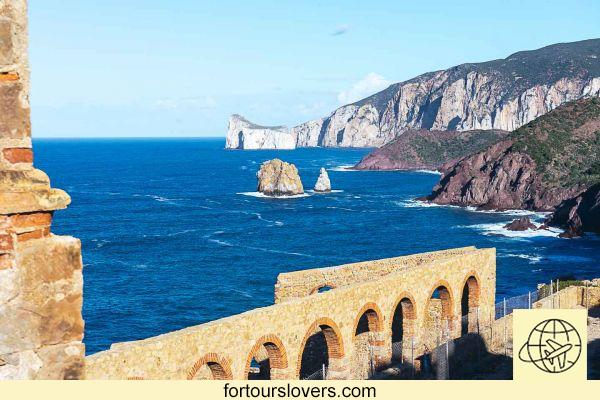
Henry Gallery in Bugerru
Another unmissable place if you plan to visit the Iglesiente and its history. There Henry Gallery is the emblem of the mining past of this piece of Sardinia. A small train takes you inside the history of an old mine. A fantastic place also from the landscape point of view where, thanks to a guided tour it is possible to understand the economic / social conditions of the time.
How did the miners live? How did life as a miner affect everyday life? Here you can find answers to these and many other questions.
Nuraghe Seruci
Last but not least, a nuraghe. It is not possible to go home without seeing one of these prehistoric houses / fortresses created with many stone blocks of different sizes. The Nuraghe Seruci is an important archaeological site of the Iglesiente, presents a village among the largest in Sardinia and the main function was military / defensive.
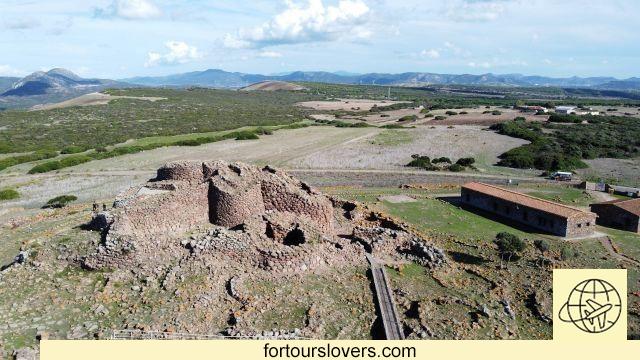
The Iglesiente in a video
In this informative video by Andrea Suriani, you will find the result of the collaboration with the Tourist Consortium for the Iglesiente and all the places I have just described to you. Look at what magnificent places!




